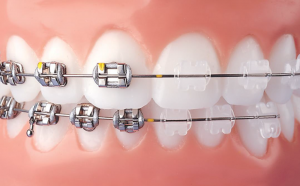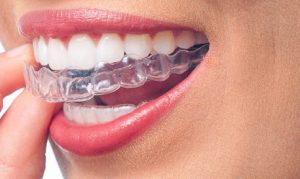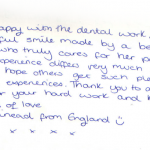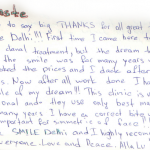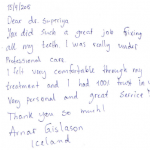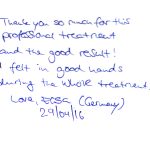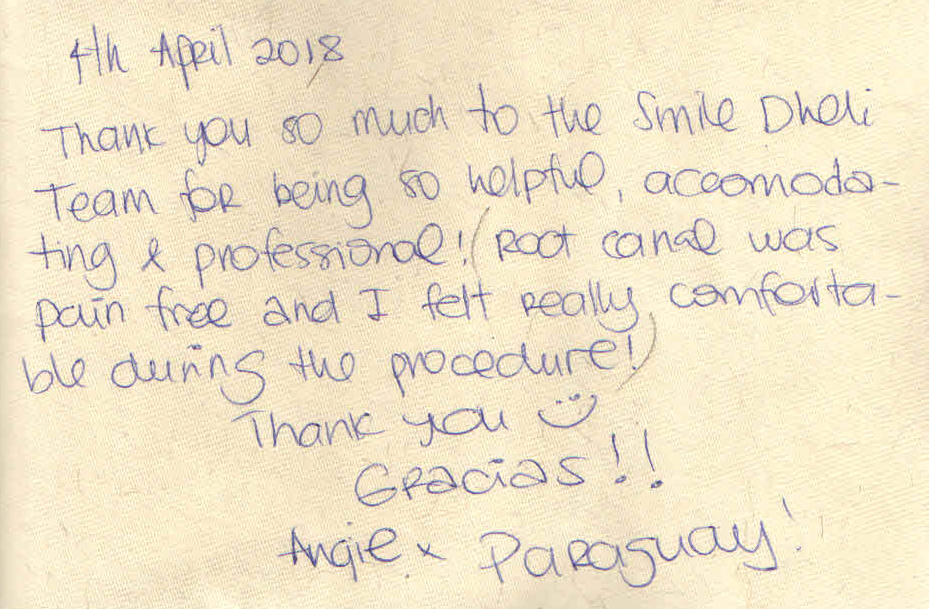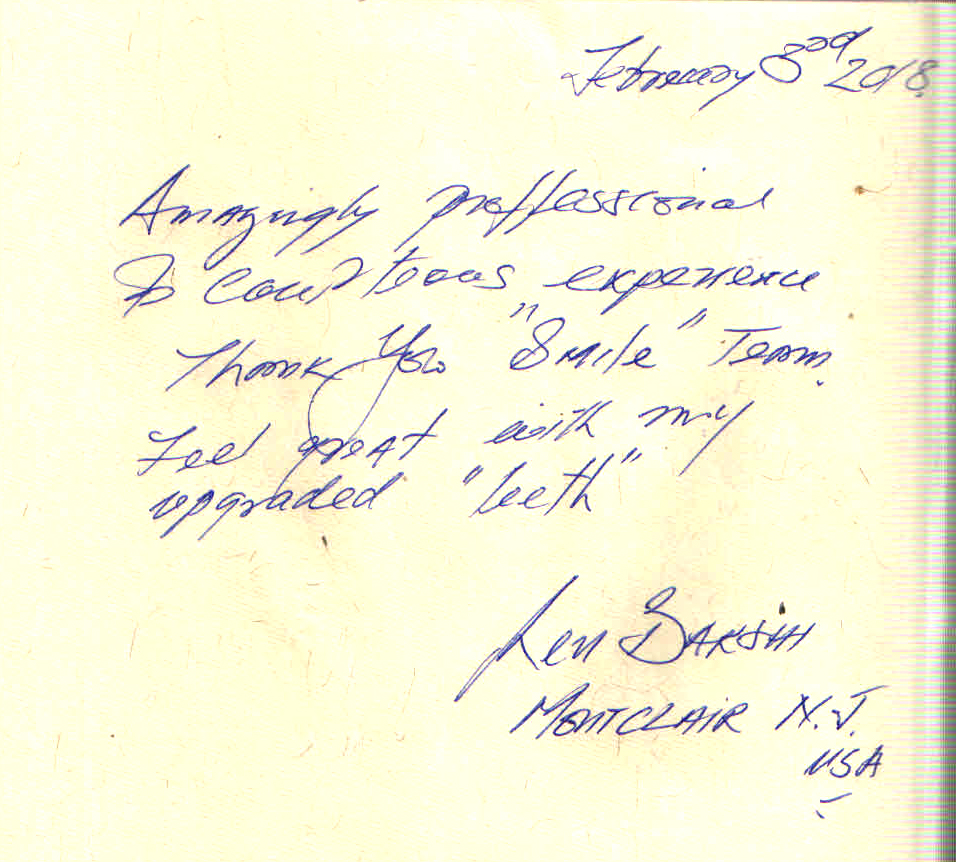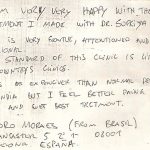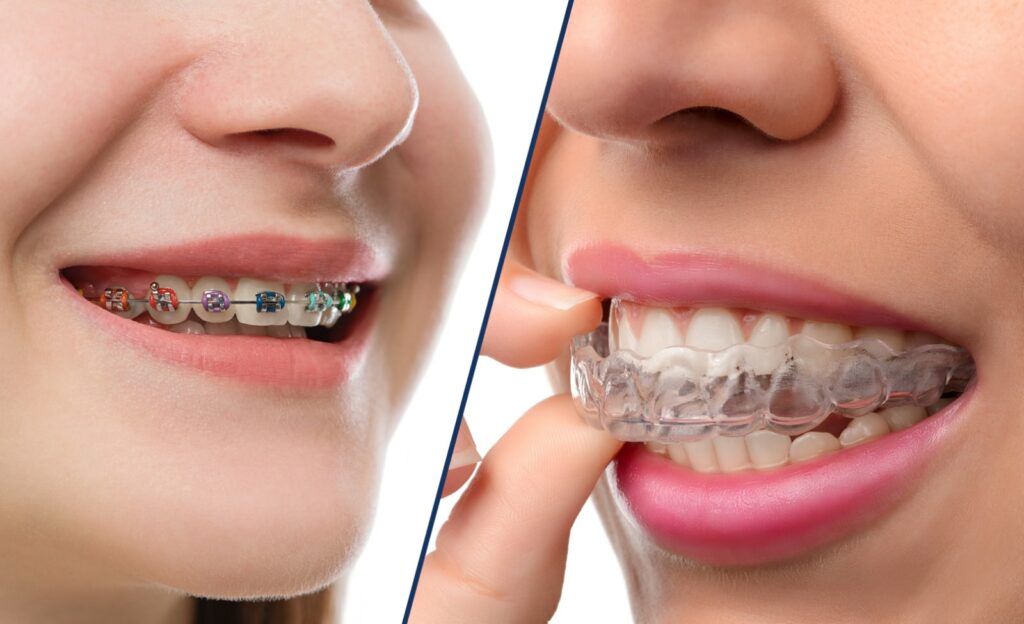
BRACES VS INVISALIGN
There’s a lot to consider when you are weighing up the options of orthodontic treatment. Decide what pros or cons matter most to you to help make your decision easier. Braces Vs Invisalign: Which is Best?
First, keep in mind that there is not a single “right way” for orthodontic treatment to be done. An accurate diagnosis is the starting place, and that’s something that orthodontists are especially well-trained at, after obtaining orthodontic records (x-rays, photos, and models). The orthodontist points the problem and then crafts a customized correction.
Both Invisalign and braces work towards giving the same result – straight teeth and improved oral health and your smile makeover. So what makes them different? The key to their differences lies within the process of how they straighten your teeth. Determining which is better for you will depend on your needs and preferences.
One appliance is not inherently better than another. What is used for an individual’s correction will be based on the goals of treatment, and the patient’s lifestyle needs. Some things, however, apply to all patients, regardless of the type of appliance. For example, all patients must brush and floss their teeth daily and must wear retainers post-treatment.
In this blog, we lay out many of the pros and cons of braces and Invisalign to help you make a more informed decision.
Braces:
Metal braces are what people typically picture when they think of getting braces. Braces are traditionally made of metal and attached to the outside of the teeth, although there are now different options for braces including ceramic and lingual (behind the teeth) braces. Metal wires and rubber bands are attached to the brackets to manipulate your teeth to correct orthodontic problems.
Metal brackets are glued to the enamel of each tooth. The wires being placed on the bracket can sometimes be made the same color as your enamel, so they are less noticeable or the patients can choose from multiple colors to have a bit of fun with their braces – perfect for teens!
Invisalign:
Invisalign is computer-generated and custom-made for your teeth. It is composed of removable, clear trays that are virtually invisible. Invisalign uses aligner trays made of BPA-free plastic to subtly and gradually move your teeth. This type of plastic is smooth and comfortable, so wearing the trays is an easy process. Rather than using a mold, Invisalign uses a 3-D image of your teeth to configure aligner trays with just the right fit.
The aligners are customized for each patient by making a 3D scan of their mouths. Customized aligners are then made to move the teeth in small steps until the correct position is reached.
The Advantages of Braces
-
Suitable for All Treatments
With braces, it doesn’t matter how difficult your case is. You may have multiple dental and facial issues that need correcting – braces can be used to fix each one so you finish treatment with an incredible smile. Braces use anchors and an archwire to pull the teeth into place. They are the most powerful treatment method in moving teeth into the desired position.
-
Multiple Types of Braces to Choose From
Braces are not just the traditional metal brackets and wires. Patients now have the choice of lingual and ceramic braces to ensure the braces are less noticeable. So it’s possible to benefit from the power of braces without the metal look if that’s a concern for you.
-
Faster Treatment Time
One thing for you to keep in mind is: which is faster, braces or Invisalign? Generally, when closing gaps and aligning teeth the treatment time can be faster with braces vs Invisalign. Speed of treatment can be a big factor as many people like to get their orthodontic treatment finished as fast as possible. The skill and experience of the specialist Orthodontist can also contribute to consistently faster treatment times.
Braces Disadvantages
Of course, there are some drawbacks associated with braces:
-
Aesthetics of Braces
Some people do not like the look of traditional braces. They are worried they will feel self-conscious about their appearance in some social atmosphere.
-
Brushing Your Teeth
Brushing and flossing your teeth is a little more difficult with braces. If you don’t clean your teeth properly, you risk having plaque buildup around the braces which can lead to staining and decay. Patients need to follow the instructions of their orthodontist on how to correctly brush and floss while your braces are on.
-
Diet and Food Preparation
Some care needs to be taken with the food and drink you consume with braces. Hard and sticky foods can cause the archwire to break or a bracket to dislodge from a tooth. Once this happens, the braces won’t work until you have the breakage repaired. Multiple breakages can prolong your treatment time.
-
Regular Consultations
More regular visits to the orthodontist are required with braces to check on progress and have them adjusted. Around once per month, your orthodontist will check how much your teeth have moved and made changes so they continue to move your teeth in the direction they need to go.
-
Metal Braces
Metal braces may not be good for people in contact sports, as the metal can potentially damage tissue upon contact.
The Advantages of Invisalign
Here are some of the advantages of Invisalign:
-
Invisalign Looks Better
The biggest benefit of Invisalign is that the aligners are virtually invisible. Adult patients love that colleagues and clients cannot see they are undergoing orthodontic treatment. Self-conscious teens do too. This can be great for adults who have wanted to straighten their teeth for a while but have hesitated due to the appearance of having metal braces at an older age. With Invisalign, many people may not even notice when a patient is wearing them. Your treatment is a secret!
With Invisalign, you don’t go through a period of people commenting on your new braces. You won’t be worried about your smile in photos – all you will see in photos is the progress of your ever-improving smile.
-
You Can Take the Aligners Out to Eat
Patients often ask us “do you have to wear Invisalign all the time?” For best results, Invisalign needs to be worn for 20 – 22 hours each day, which means you can take your aligners out when you are eating. This means you don’t have to change what you eat or how you eat it. With braces, people find some types of foods difficult or uncomfortable to eat.
-
It’s Easier to Brush and Floss Your Teeth
As well as when eating and drinking, you’ll also remove your Invisalign aligner to brush your teeth. With nothing on your teeth to worry about, you can continue brushing and flossing as you did previously.
-
Fewer Consultations Required
A 3D scan of your teeth is used for making all the customized aligners in a laboratory. You can change the multiple sets of aligners on your orthodontist’s directions. There is no need to visit the orthodontics for adjustments so visits are kept to a minimum to check on progress. Few visits to the orthodontist mean less time off work.
-
Comfortable to Wear
Moving teeth around with Invisalign can be uncomfortable and painful, much like traditional braces. However, there are also fewer mouth and gum problems with Invisalign. Invisalign aligners are made of special plastic and fitted to each patient’s mouth, so – unlike braces – there are typically no cuts on the inside cheeks or salt washes to deal with.
Invisalign Disadvantages
There are several disadvantages of Invisalign that you need to consider:
-
Patients Need to be Disciplined
Being able to remove your aligners is both a pro and a con. If you are not someone who is disciplined about putting your aligners back in your mouth after eating or brushing, you aren’t going to wear them the required 22 hours per day. Your treatment may not produce the best results if the aligners are not worn as long. The major reason for Invisalign treatment failing primarily relates to a lack of patient compliance with wearing the aligners.
-
Taking your Aligners In and Out Can be Inconvenient
Aligners need to be removed before eating and drinking anything other than water. When you are out in public, you need to remove your aligners discreetly and not lose them. Before replacing your aligners, you need to brush your teeth.
We are often asked, “is it cheaper to get braces or Invisalign?” Due to advances in the 3D scanning technology and the flexible material involved in making the aligners, the cost of Invisalign can be similar to braces. Depending on the specific problem, some treatment is difficult if not impossible to achieve with Invisalign alone, so your Orthodontist may discuss the possibility of finalizing tooth positions with braces which could result in more expensive treatment.
Straightening your teeth does more than just give you a beautiful smile. While it’s a plus, and often the main reason people choose to straighten their teeth, there is much more that goes on behind the scenes that will benefit your overall oral health. Straight teeth are often easier to clean, which helps stave off cavities. They can also help correct your bite, aligning your teeth and jaw.
Final Thoughts
Comparing these two treatment options can be tough, as there are both positives and downsides for each. The decision for metal braces or Invisalign really comes down to you- the patient. Every patient’s needs and preferences are unique and special. If the appearance of metal braces has been holding you back from a straighter smile, Invisalign is a great option. This is especially true for teens that are perhaps self-conscious of wearing braces, or adults that need them later in life. Invisalign is often used for adults who didn’t maintain their smile with a retainer when they had braces as a teen, or never got the chance to straighten their teeth, to begin with.
However, braces (metal/ceramic) can be a great option as there is less of a worry for self-discipline. With this kind of treatment, patients are able to straighten their teeth without the inconvenience of changing and cleaning aligners frequently. The success rate of Invisalign is largely dependent on the patient themselves. If you do not wear the aligners, straightening will happen but much more slowly, if at all!!! If the issues with your teeth are much more complex and need to be moved a particular way, Invisalign may not be an option.
Schedule an Appointment
So, is Invisalign better than metal braces? The truth is, there isn’t a “better” option. Each benefit will depend on the patient, which is why it is important to consult a dentist for clarification. If cost is the deciding factor then contact our New Delhi dental clinic– Smile Delhi. You can talk to our staff members about pricing options and payment plans available to you – it may be easier than you think! You can make an appointment by visiting us online or calling at 9811106871.
Posted By- Dr. Sonam


